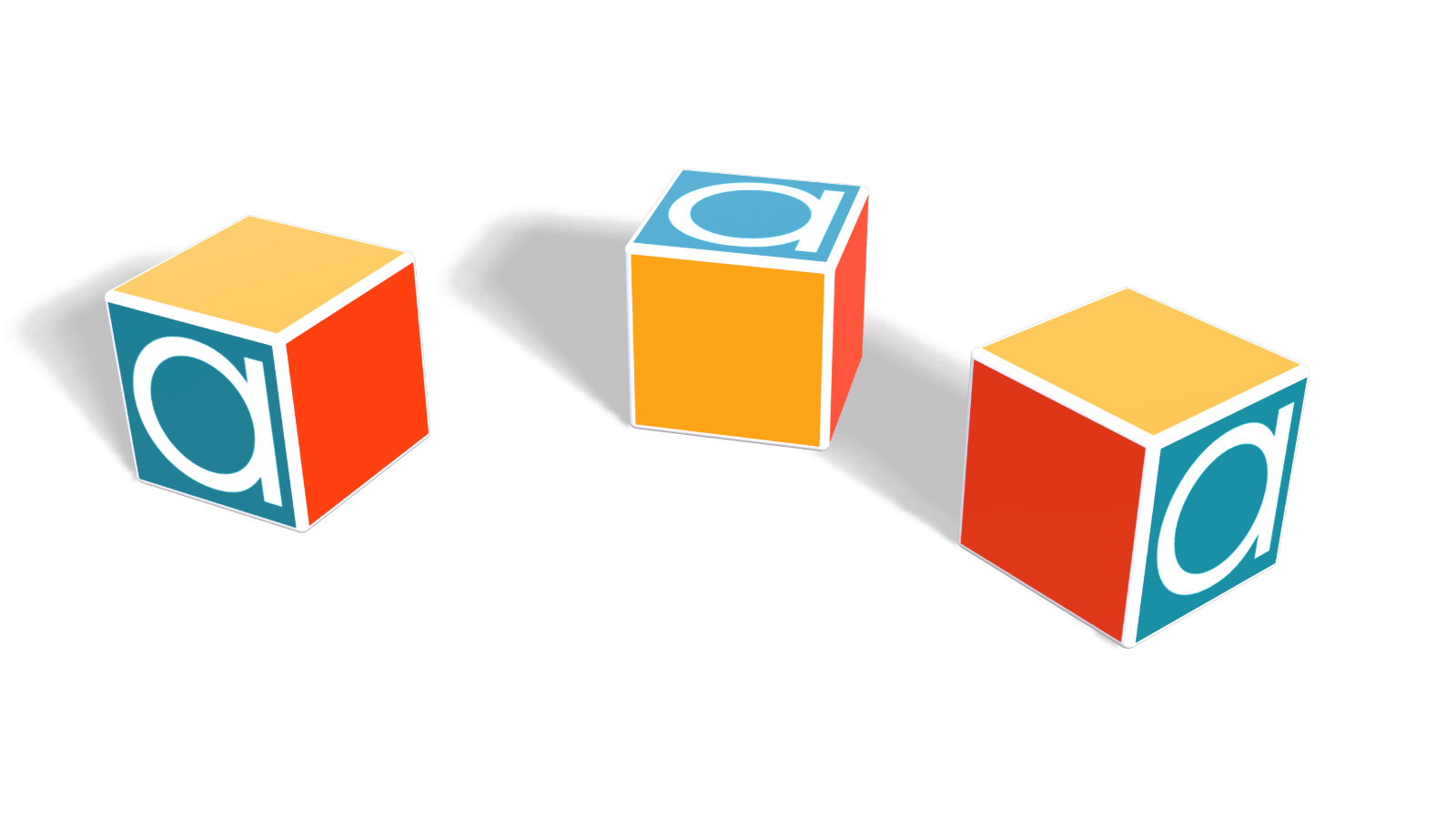Transportation modeling is one of the big applications of operations research methods. It lends itself to analysis using many of the techniques in OR and is also fundamental in the planning of different transportation systems, especially in urban contexts. Transportation planning must often forecast travel patterns for the next 15 to 25 years in order to produce a blueprint for solutions that will work now and into the future. This modeling and planning is also a condition in the US for larger urban domains to benefit from federal transportation funds.

The four step model
In the US, a common basis for travel demand model is the ‘four-step model’: trip generation; trip distribution; transport mode choice; and trip assignment. The first step of trip generation classifies origins, destinations, and purposes of trips. Trip distribution then matches origins with destinations. Transport mode choice details the proportion of the trips between a particular origin and destination that corresponds to a particular mode (road, rail, or air for example). Finally trip or route assignment, as it is also called, drills down to choice of routes for a given mode and origin-destination combination.
Factoring in other aspects
Legislation in the US for transportation planning defines a number of additional requirements. Transportation planners must take account of impacts on air quality, multimodal options, improved management of existing systems, increased public input, and financial constraints. Whether planning is for utilization of a new bridge, an airport or a large urban metro system, further data are also required such as population and employment status and trends. The ATEAM model developed by Lumina is an example of a multi-attribute transportation model that forecasts outcomes according to choices made in modes, fuels and technologies in cars, light trucks, SUVs, and heavy-duty vehicles.
Specific transportation modeling requirements
There are as many different models as there are transport networks and segments of transport networks. A transportation model for Southern California may focus on estimating highway level of service, freight traffic, transit services and smog due to automotive emissions. Cycling fans in Portland on the other hand push for bicycles to be considered as an important transport factor to better balance the weight currently given to motorized vehicle flows when planning transport systems.
Averaging versus stochastic transport modeling
An easy, but too often flawed approach to transportation modeling is to use averages of transport data. However, such averages may not realistically represent transport requirements: the average of 600,000 daily commutes found by combining rush hour highs of 1 million and off-peak lows of 200,000 is clearly unrepresentative. Almost all factors in transportation planning have variability as a defining characteristic: lane volumes, fuel prices, and travel times are just a few examples. Stochastic transportation models that take into account the uncertainty associated with these factors do a better job in estimating outcomes and requirements. When the models are built using influence diagrams and run with simulations as in Analytica models, transport planners can even have the best of both worlds – modeling clarity and realism.
If you’d like to know how Analytica, the modeling software from Lumina, can help you with transportation modeling and decision making for any situation involving uncertainties, then try a free evaluation of Analytica to see what it can do for you.







